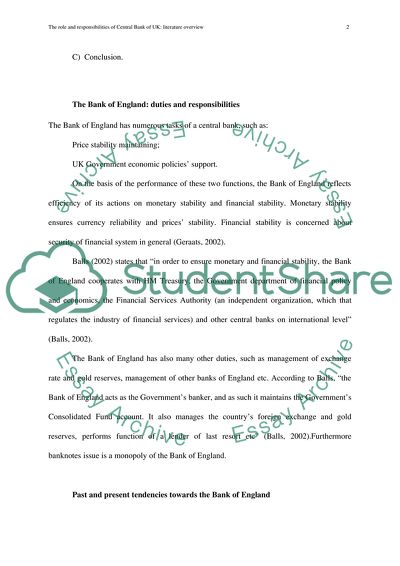Cite this document
(The Role and Responsibilities of the Central Bank of the UK Literature review, n.d.)
The Role and Responsibilities of the Central Bank of the UK Literature review. Retrieved from https://studentshare.org/finance-accounting/1739554-an-examination-of-litureture-review-on-the-role-and-responsiblities-of-central-bank
The Role and Responsibilities of the Central Bank of the UK Literature review. Retrieved from https://studentshare.org/finance-accounting/1739554-an-examination-of-litureture-review-on-the-role-and-responsiblities-of-central-bank
(The Role and Responsibilities of the Central Bank of the UK Literature Review)
The Role and Responsibilities of the Central Bank of the UK Literature Review. https://studentshare.org/finance-accounting/1739554-an-examination-of-litureture-review-on-the-role-and-responsiblities-of-central-bank.
The Role and Responsibilities of the Central Bank of the UK Literature Review. https://studentshare.org/finance-accounting/1739554-an-examination-of-litureture-review-on-the-role-and-responsiblities-of-central-bank.
“The Role and Responsibilities of the Central Bank of the UK Literature Review”, n.d. https://studentshare.org/finance-accounting/1739554-an-examination-of-litureture-review-on-the-role-and-responsiblities-of-central-bank.


